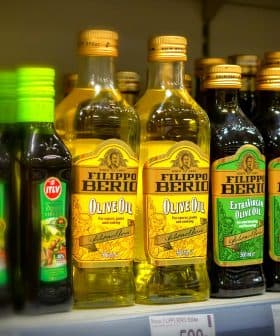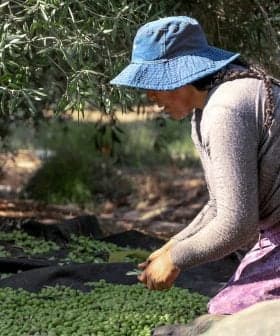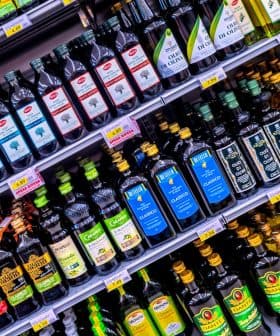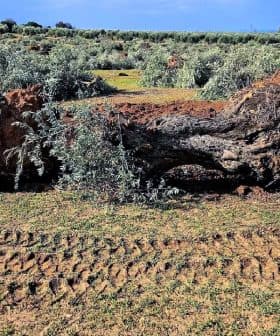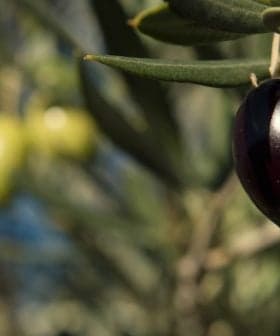Table Olive Yield Predictions in Spain Move Lower
From an original yield of 590,000 tons, Spain's Interprofessional Table Olive Association has already revised this figure down by more than 10 percent. Depending on climatic conditions, the final yield could be even lower.
 Photo courtesy of Asemesa.
Photo courtesy of Asemesa.Spain is expecting a table olive harvest of 523,000 tons in the 2019/20 crop year, a 15 percent decrease from last year, due to poor climatic conditions leading to a lower yield than originally predicted by the Ministry of Agriculture, Food and Fisheries’ Interprofessional Table Olive Association. The harvest season has started three weeks earlier than in 2018 in Andalusia, where nearly 80 percent of Spain’s table olives are grown, and experts anticipate a “medium-low” crop this year with many olive varieties not maturing properly due to the weather conditions.
Spain is expecting a table olive harvest of 523,000 tons at most in the 2019/20 crop year, a 15 percent decrease compared with last year’s record high production.
The Ministry of Agriculture, Food and Fisheries’ Interprofessional Table Olive Association had originally predicted a yield of about 590,000 tons, but a very dry summer following the unusually cool spring forced them to revise down that prediction.
We have a medium-low crop in almost all varieties.
The Interprofessional Association added that the final yield could be even lower if poor climatic conditions prevailed throughout the harvest.
“Subsequently, temperatures have risen [since the spring] and are greatly exacerbating the consequences of the water deficit which has dragged on during the agricultural year for the groves,” the Interprofessional wrote in its report. “This fact is causing a decrease of green fruits at the date of issuance of this report and greatly conditions the final result during the harvesting period.”
See Also:Table Olive NewsAt 523,000 tons, this year’s yield would be the lowest since 2012 and 10 percent lower than the average of the previous five harvests.
In Andalusia, where nearly 80 percent of Spain’s table olives are grown and harvested, one expert expects a “medium-low” crop this year.
The harvest season has arrived three weeks earlier than it did in 2018, according to Antonio Rodríguez, who conducted the first assessment of the autonomous community’s table olive crop for COAG Andalusia.
He said that the same climatic conditions that led to the sharp decrease in production estimates had also caused the harvest to begin earlier, and in all likelihood, last for a shorter period of time.
These weather conditions caused many of the olive trees to have a low flowering rate and led several varieties of olives not to mature properly.
“We have a medium-low crop in almost all varieties,” Rodríguez said in the report. The only varieties that appear to be on pace for a normal harvest are Cacereña and Carrasqueña olives, which account for less than 10 percent of all Andalusian olive groves.
In spite of this year’s poor harvest, Antonio de Mora, the secretary general of Asemesa, told Olive Oil Times that Spain’s leading table olive producer organization, which is part of the Interprofessional Table Olive Association, expects production to continue trending upwards.
“Each harvest is different,” de Mora said. “Spanish production, as in the rest of the world, shows a sustained trend of growth for many years.”
However, the upward trend of the previous half-decade will certainly be interrupted this year. Producers and other members of the sector will be waiting for the Interprofessional Table Olive Association to provide an update on the status of the harvest on September 23.
Until then, the weather in Andalusia is expected to continue being hotter and drier than normal, which may further deplete the final production total.
- COAG Andalusia





